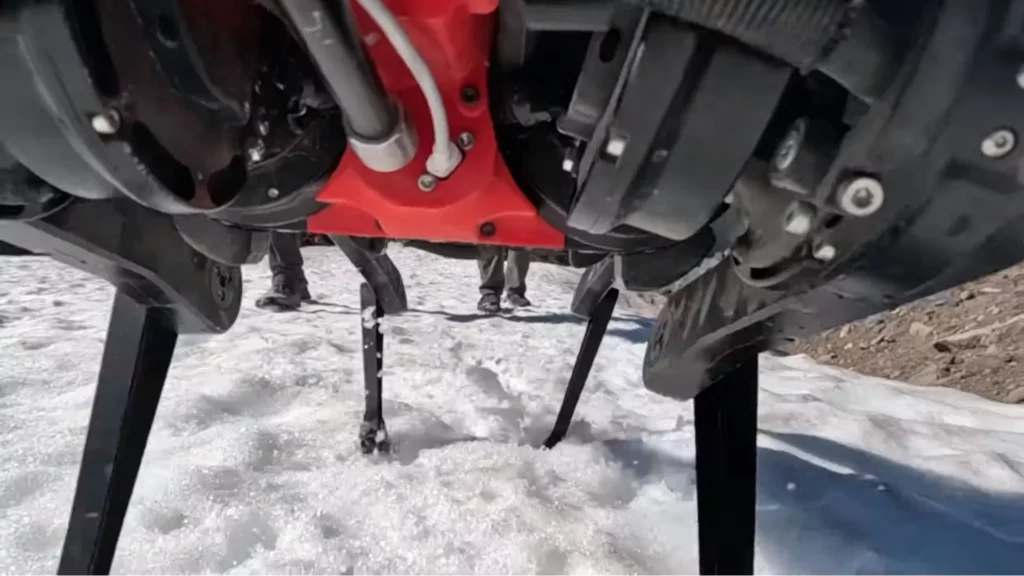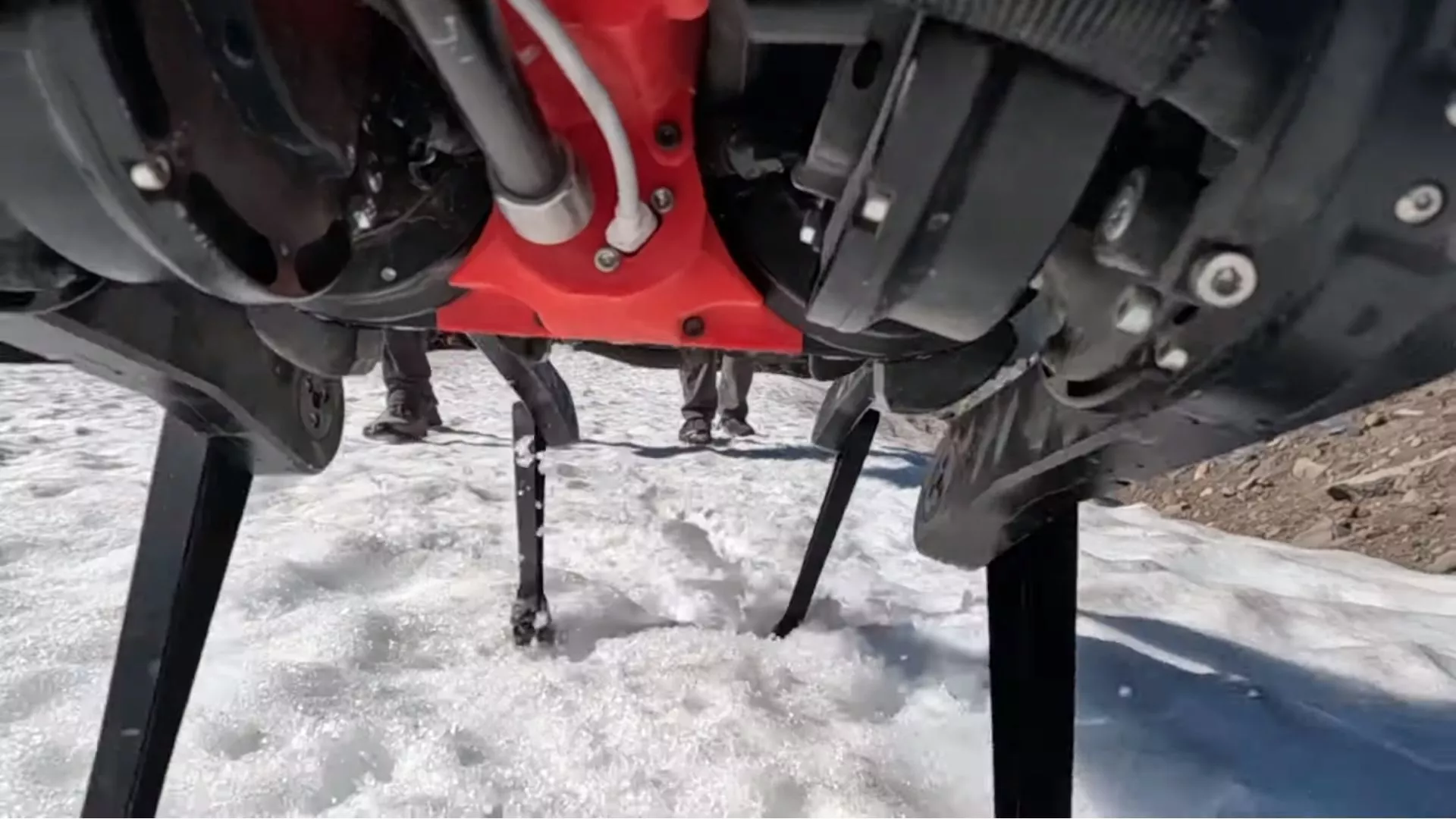A team of developers perfecting robot dogs in Project LASSIE. This canine-like robotic quadruped possesses the ability to maneuver through very challenging lunar rough terrain, such as craters and other complicated planetary surfaces.
The challenge of the robot dogs in Project LASSIE
This project is sponsored by NASA and carries out its research with the collaboration of several universities and the Johnson Space Center. Recently, this group of researchers tested a quadruped robot named “Spirit” on the Palmer Glacier on Mount Hood, Oregon.
The tests were conducted over a five-day period this past summer, experimenting with the Spirit robot, and setting up tests on different types of terrain including mud, loose snow and rocks, using its autonomous, metal-featured, rugged legs.
Feifei Qian, project leader and professor at USC’s Viterbi School of Engineering and School of Advanced Computing, demonstrated the importance of robots being able to instantly sense and adapt to ground interaction to naturally optimize their movement.
The main objective of Spirit’s testing is to prepare it for future planetary exploration missions. During these tests, valuable information was gathered about soil characteristics and the best locomotion techniques on these types of surfaces, which will be fundamental for future explorations on the Moon. will be fundamental for future explorations on the Moon and other and other planets.

Qian mentioned that the challenges encountered, such as sliding on ice or sinking in snow, are inspiration to develop new strategies that can expand the horizons of human science and technology. This continuous learning from observed failures is crucial for project progress.
The team has also noted that a robot can experience human-like difficulties when walking on uneven surfaces, allowing for a greater understanding of the operation and its systematic intricacies.
Having mastered terrain from the sandy beaches of California to the soft granules of White Sands National Park in New Mexico, Spirit has proven its ability to adapt. The images obtained on Mount Hood feature surreal landscapes that simulate extraterrestrial conditions, preparing the Spirit robot for future missions beyond Earth.
To expand its exploration capabilities, Qian’s team, with a $2 million grant from NASA, is working on developing more quadruped robots under the TRUSSES project. These robots will collaborate with each other to overcome obstacles and share critical information during missions, forming a collective risk map that will guide their planetary explorations.

The Spirit Robot experiments. Source: USC Viterbi
Robots could be transformed into useful structures such as bridges or pyramids to assist others in difficult terrain, a concept that revolutionizes rescue and exploration strategies.
Follow us on social networks and don’t miss any of our publications!
Inspenet.com YouTube LinkedIn Facebook Instagram X
Source and photo: USC Viterbi School of Engineering

